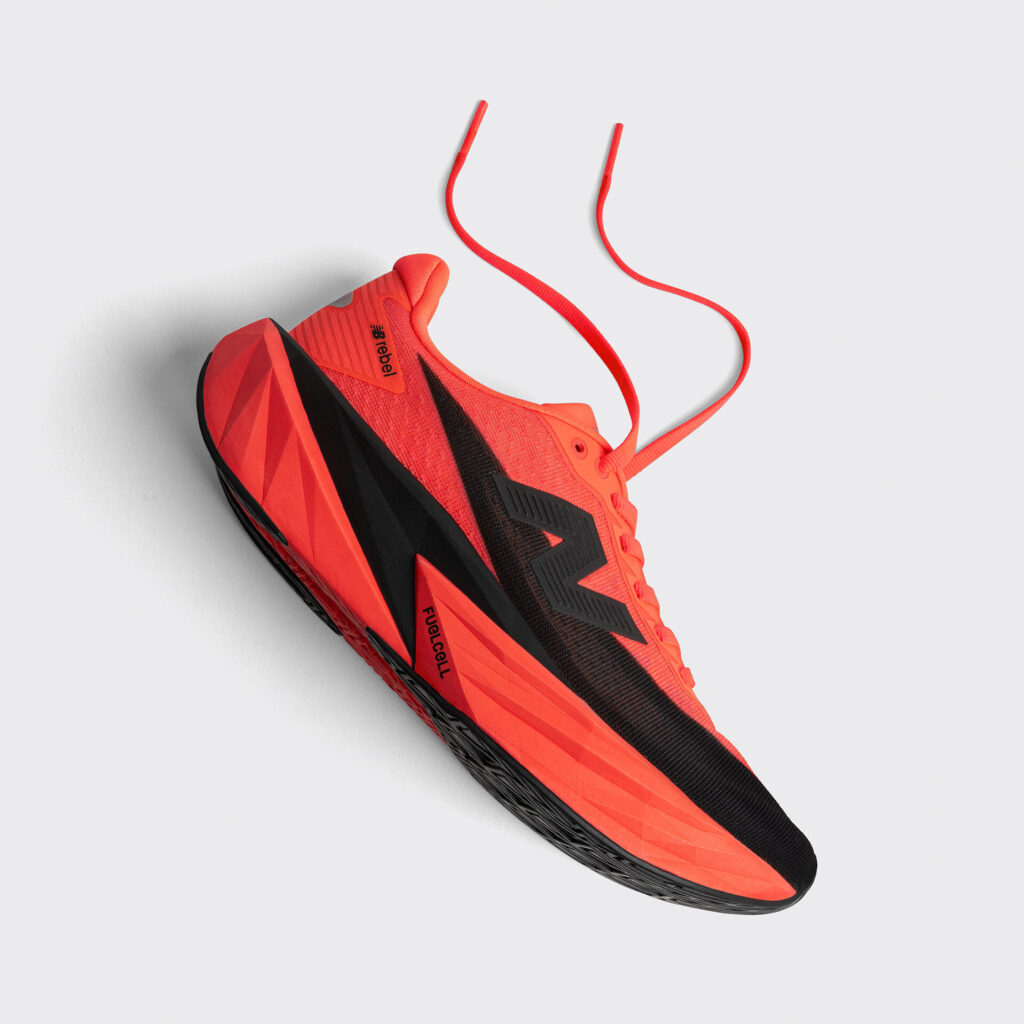Fake leather is better than real leather.
That’s the view of an increasing amount of prestige car customers who refuse to buy cars with cowhides on the premise of animal welfare.
Imitation leather trim started off as a cheap alternative to actual hide, but is actually sought after by some customers, especially those looking at environmentally friendly cars.
“They are upfront about the fact the material is not leather”
“We are seeing quite a lot of demand for non-leather materials in models like the (electric) i3, mainly from vegans and customers who are especially conscious,” says BMW Australia spokeswoman, Lenore Fletcher.
BMW, Mercedes-Benz and Lexus include imitation leather material in some of their models, normally at the lower end of their model ladders.
They are upfront about the fact the material is not leather and have given them brand names. BMW has Sensatec, Mercedes has Artico and Lexus has NuLux.
Mercedes-Benz says it has not seen a big increase in customers demanding no leather in its vehicles, but did recently field a request from a visiting celebrity, who has an arrangement to drive Mercedes cars, that the loan vehicle not include any animal leather.
Rolls Royce boasts than the interior of every Phantom it produces contains the hides of between 15 and 18 cows
All Audi models sold in Australia have some form of real leather trim fitted as standard, including the A8 limo that features headrests made from New Zealand deerskin. However, the company still has an option for customers who want to avoid using animal leather.
“We have the option of having cloth trim fitted at the factory by placing a special order,” says Audi Australia spokesman, Shaun Cleary.
While some customers are worried about the welfare of the cows, others brag about how many gave their lives to line the door panels of their luxury conveyance.
Rolls-Royce boasts than the interior of every Phantom it produces contains the hides of between 15 and 18 cows.
Land Rover talks about “grain-fed leather” in its latest Discovery Sport, arguing that the way cattle are fed affects the quality of the leather.
That’s true, but only in a roundabout way.
The cattle are taken from paddocks and placed in a secure feedlot and fed grain for a period. This way, any scratches from barbed wire or tree branches and such can heal (which can take 70 days or more).
“The end result is a much cleaner leather with a much better surface,” explains the managing director of Southern Hide Exports, Ian Stokes-Blake.
Southern Hide Exports supplies leather for a wide range of prestige vehicles as well as for sofas, purses and shoes.
“Imitation leather is a product of petrochemicals, which are not great for the environment”
He says the demand for automotive leather has increased steadily since the 1980s, despite the advent of imitation leather, which he says is largely being pushed by carmakers to save money.
He says leather is a byproduct of the meat industry and that it is only natural to use it.
“The people who might not want leather for whatever reason should also consider that imitation leather is a product of petrochemicals, which are not great for the environment,” Stokes-Blake says.
This article originally appeared on CarsGuide.













